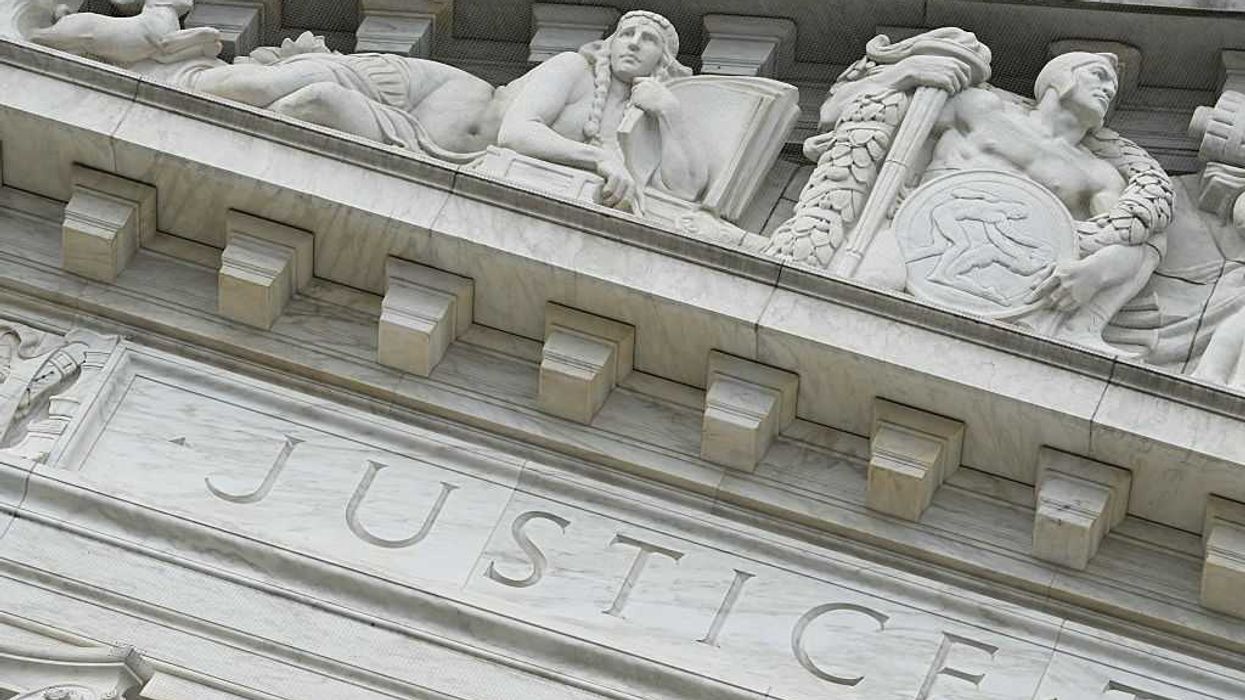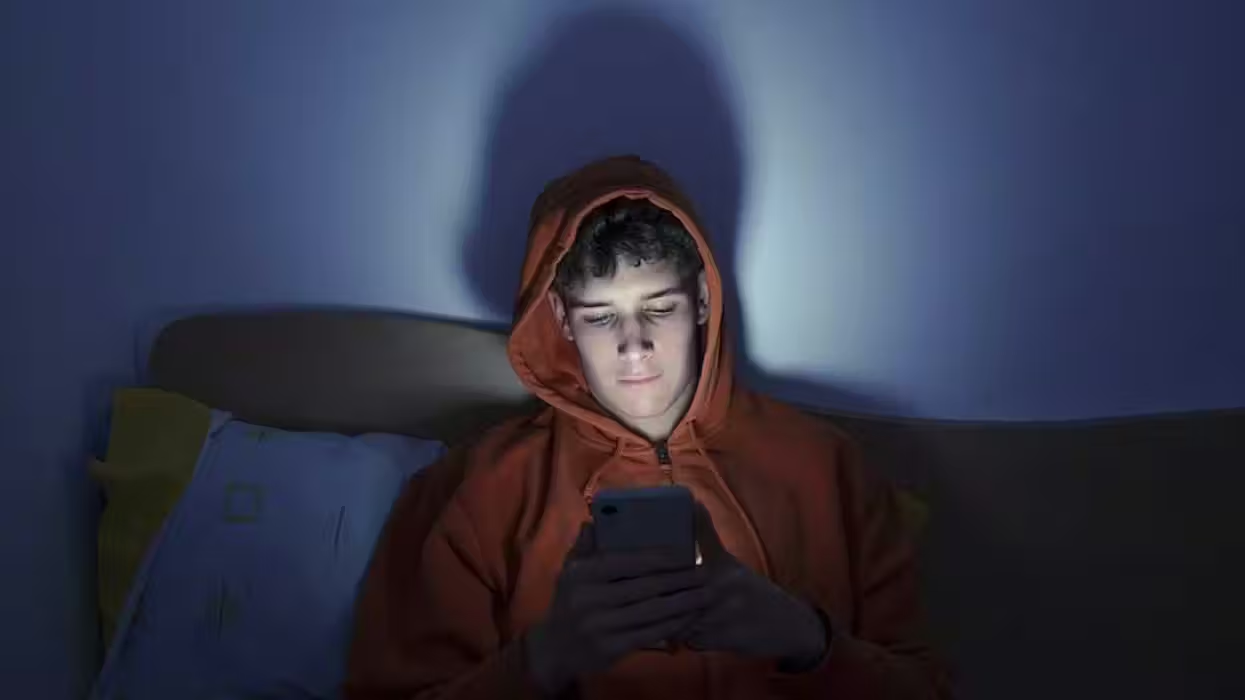
© 2025 Blaze Media LLC. All rights reserved.
"...some faces appear highly deformed, even grotesque."
Here's a trippy illusion.
Take a look at this video, staring only at the cross in the center (in the words of the character Mugatu from "Zoolander," "Do not be distracted by the beautiful celebrities."):
Wondering what's going on to make these celebrities look so distorted? It's all about your peripheral vision and your brain.
Neuroscientist Mark Changizi explained to the science and tech site io9 that the faces appearing in your peripheral vision don't provide enough information to the brain for it "to realize it's a bunch of different people's faces appended one after another — something that's very non-natural."
"Instead, the brain presumes the reasonable: that it's a single person's face in the periphery, and then the face-changes are treated as this person's facial expression changes," Changizi continued. "Basically, each of those photographs has a different resting face expression, relative to the one before it, and these become drastic, cartoon-like, facial expressions on a single dynamic monstrously cartoon-like expressive creature."
Now this test is not entirely new, although it was only formally described a couple years ago. It has been done with the faces of average, non-celebrities as well.
In 2011, researchers from the University of Queensland published a paper describing the phenomenon.
"We describe a novel face distortion effect resulting from the fast-paced presentation of eye-aligned faces. When cycling through the faces on a computer screen, each face seems to become a caricature of itself and some faces appear highly deformed, even grotesque," the study's abstract published in the journal Perception stated.
"The degree of distortion is greatest for faces that deviate from the others in the set on a particular dimension (e.g. if a person has a large forehead, it looks particularly large). This new method of image presentation, based on alignment and speed, could provide a useful tool for investigating contrastive distortion effects and face adaptation," the abstract continued.
If you care to have another go at the interesting illusion, here's another video:
--
[related]
Want to leave a tip?
We answer to you. Help keep our content free of advertisers and big tech censorship by leaving a tip today.
Want to join the conversation?
Already a subscriber?
more stories
Sign up for the Blaze newsletter
By signing up, you agree to our Privacy Policy and Terms of Use, and agree to receive content that may sometimes include advertisements. You may opt out at any time.
Related Content
© 2025 Blaze Media LLC. All rights reserved.
Get the stories that matter most delivered directly to your inbox.
By signing up, you agree to our Privacy Policy and Terms of Use, and agree to receive content that may sometimes include advertisements. You may opt out at any time.






